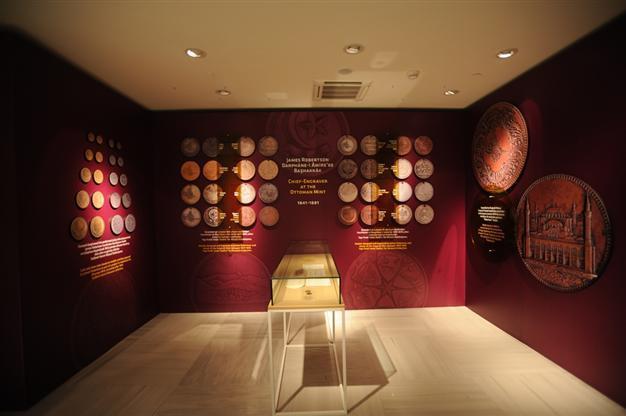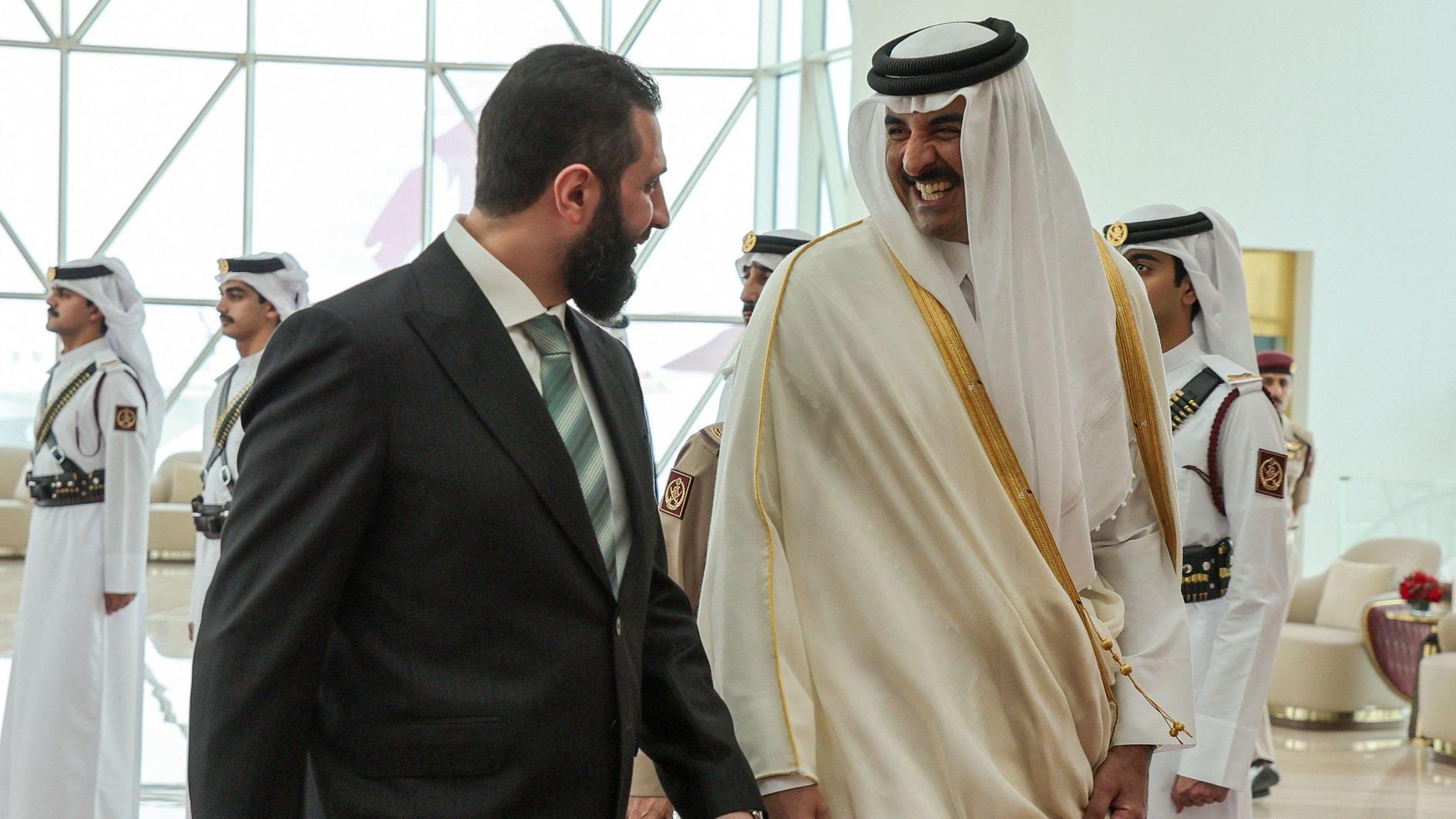Commemorating a photographer in Istanbul
ISTANBUL – Hürriyet Daily News

A selection of works by the renowned photographer James Robertson who served as chief engraver of the Ottoman Imperial Mint, is on display until Feb. 2, 2014.
Koç University’s Research Center for Anatolian Civilizations (RCAC) is hosting an exhibition commemorating the 200th anniversary of the birthday of James Robertson, a leading nineteenth-century photographer. Titled “Robertson, Photographer and Engraver in the Ottoman Capital” the exhibition features Robertson’s original photographs and watercolor paintings from the Ömer M. Koç Collection, curated by Bahattin Öztuncay.A selection of works by the renowned photographer James Robertson (1813-1888), who served as chief engraver of the Ottoman Imperial Mint, is on display until Feb. 2, 2014, in the RCAC’s gallery. With the exhibition Robertson, who has a long history in Istanbul, comes to the city again. “Robertson, Photographer and Engraver in the Ottoman Capital” features examples of his photographs and watercolor paintings as well as his works from the Imperial Mint. Curated by Öztuncay, all of the original photographs and watercolors in the exhibition are selected from the Ömer M. Koç Collection.
Robertson, one of the most notable names of nineteenth-century photography, received his vocational training in the London Royal Mint and remained the chief engraver of the Ottoman Imperial Mint for 40 years, serving four successive sultans including Sultan Abdülmecid and Sultan Abdülaziz. He is also known as one of the first war photographers of his era. He prepared designs, molds and models for gold and silver coins and in the 1850s also started to develop an interest in photography. James Robertson is the first photographer working in Istanbul known to have taken the first 360° panoramic photographs of the city. He gained much fame with his Istanbul photographs, as well as with the photo series he produced of Athens in 1854, during the Crimean War between 1854 and 1855, and of Jerusalem and Cairo, which he prepared in 1857 and were displayed in exhibitions in London and Paris. Robertson has a long story in Istanbul. In 1854 Robertson opened a photography studio in Pera, Constantinople. Some sources have suggested that in 1857 both Robertson and Felice Beato went to India to photograph the aftermath of the Indian Rebellion, but it is more probable that Beato travelled there alone. Around this time Robertson did photography in Palestine, Syria, Malta, and Cairo with either or both of the Beato brothers.
Life of Robertson
It is known that in 1860, after Felice Beato left for China to photograph the Second Opium War and Antonio Beato went to Egypt, Robertson briefly teamed up with Charles Shepherd back in Constantinople. Robertson and Beato’s firm was dissolved in 1867, having produced images - including remarkable multiple-print panoramas of Malta, Greece, Turkey, Damascus, Jerusalem, Egypt, the Crimea and India. Robertson possibly gave up photography in the 1860s and returned to work as an engraver at the Imperial Ottoman Mint until his retirement in 1881. In that year, he left for Yokohama, Japan, arriving in January 1882.
“Robertson, Photographer and Engraver in the Ottoman Capital” features not only his outstanding work for the Imperial Mint, but also reveals his mastery and manifold talents as an artist capable of creating stunning photographs and watercolor paintings of his adopted city’s colorful life, of its unique scenery, and its matchless monuments and art objects. The exhibition also includes numerous photos from Athens, the Crimea, Jerusalem and Cairo. An accompanying exhibition catalogue, written by Öztuncay and designed by Yeşim Demir, presents Robertson’s biography alongside his works.
















